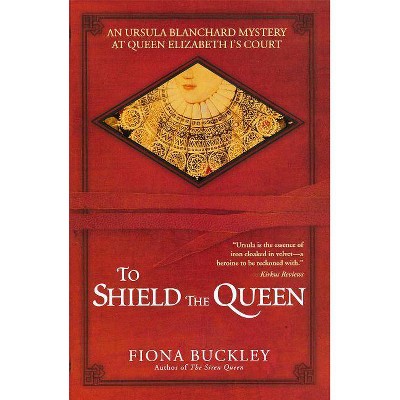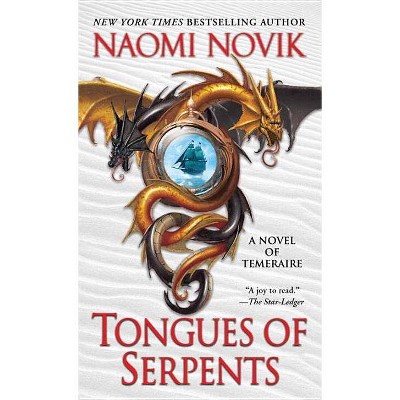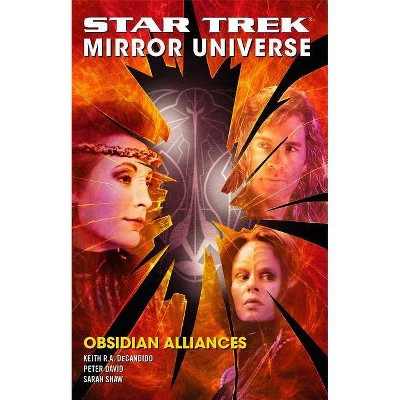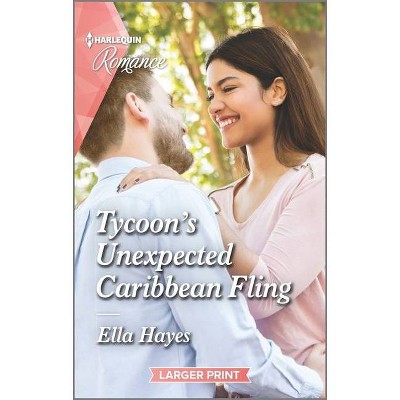Bluets - 2nd Edition by Maggie Nelson (Hardcover)

Similar Products
Products of same category from the store
AllProduct info
<p/><br></br><p><b> About the Book </b></p></br></br>A new printing of the original limited edition, in honor of its 10th anniversary, inviting longtime fans and newcomers alike to experience and share in the indispensable work that continues to disrupt the literary landscape.<p/><br></br><p><b> Book Synopsis </b></p></br></br>Since 2009, when it first published, to today, <em>Bluets</em> has drawn scores of readers with its surprising insights into the emotional depths that make us most human--via 240 short pieces, at once lyrical and philosophical, on the color blue. This beautiful hardcover edition celebrates Maggie Nelson's uncompromising vision, inviting longtime fans and newcomers alike to experience and share in an indispensable work that continues to disrupt the literary landscape.<p/><br></br><p><b> Review Quotes </b></p></br></br><br><p>Nelson's expressive style springs from her subject as much as the content, in turn, inflects her vocabulary, tone and structure. Seeking such reciprocity--no less an ideal than, say, 'the spontaneous overflow of powerful feelings'--may radically redefine poetry, as it increasingly becomes the genre that is not one.--<strong>Albert Mobilio, <em>Bookforum</em></strong><br /><br />An elegant, indispensable addition to the genre of the lyric essay.--<strong>Kathleen Rooney, <em>Boston Review</em></strong><br /><br />Maggie Nelson continues to raise the bar higher in what a reader can expect from a book. <em>Bluets</em> is smart yet intimate, quiet yet provocative, and a welcome addition to the poetic non-fiction discourse.--<strong>Susie DeFord, <em>BOMB</em></strong><br /><br />In the end Nelson breaks free of romance's tyranny. She dreams someone sends her cornflowers, the American name for bluets. Shaggy, wild, and strong--they're a revealing metaphor for the author.--<strong>Jeffrey Cyphers Wright, <em>The Brooklyn Rail</em></strong><br /><br />In 240 entries, Nelson relates a history of blue from philosophical, zoological and literary perspectives, all the while weaving in bits of memoir and emotional rumination. Through this collage, she broadens the definition of blue from a merely visual phenomenon to a vehicle for the divine.--<strong>Catherine Lacey, <em>Time Out New York </em></strong><br /><br />It's an impossible book to describe without simply handing it to you; it is, hackneyed as it is to say, a book to be experienced. I can only report that I am reading it again and again, that the resonances between the (seemingly) disparate propositions are startling and emotional, that I suspect your reaction will be different and also quite wonderful.--<strong>Peter Rock, <em>The Rumpus</em></strong><br /><br />Brash, feverish, intractable, exploratory, and terribly 'touchant' Nelson's <em>Bluets</em> is, I am reminded for some reason (it's in Marías) of Rimbaud's line: 'Par délicatesse / J'ai perdu ma vie.'--<strong>John Latta, <em>Isola di Rifuti </em></strong><br /><br />Nelson doesn't want to leave anything out, as suits a collector's project. Thus, in the same way that she wanders among blue objects (shards of glass, bottles of ink, stones and tattoos and the nests of bowerbirds) and accidental theorists of color (Goethe and Newton and Duras and Novalis) and the color's utility in human imagination (blue moods, blues music, the blue divine), she likewise wanders among the positions the orchestrator of these lists must adopt. This results in an admixture of candor, passion and detachment that makes for irresistible intimacy.--<strong>Ray McDaniel, <em>The Constant Critic</em></strong><br /><br />The book is a philosophical and personal exploration of what the color blue has done to Nelson. Despite the exhaustion, <em>Bluets</em> wears its hybrid/fragmented dress well, showing its seams and much enthralled by its wanderlust, an aesthetic runway that constantly leads Nelson to find new ideas, images, and expressions.--<strong>Thomas Larson, <em>TriQuarterly</em></strong><br /><br /><em>Bluets</em> reaches far beyond the constraints of its subject, resulting in a series of delicately associative numbered paragraphs investigating a broken romantic relationship, a friend's chronic nerve pain, the writing process itself, and the deceptive elements of perception and color. The result not only defies easy categorization, but also leans toward Walter Benjamin's famous declaration that all great works of literature either dissolve a genre or invent one.--<strong>Rob Schlegel, <em>Jacket</em></strong></p><br><p/><br></br><p><b> About the Author </b></p></br></br><strong>Maggie Nelson</strong> is the author of nine books of poetry and prose, many of which have become cult classics defying categorization. She first published <em>Bluets</em> with Wave Books in 2009; in 2015, <em>Bookforum</em> named <em>Bluets</em> one of the top 10 best books of the past 20 years. Her other nonfiction titles include the National Book Critics Circle Award winner <em>The Argonauts</em> (2015), <em>The Art of Cruelty: A Reckoning</em> (2011; a <em>New York Times</em> Notable Book of the Year), <em>The Red Parts: Autobiography of a Trial </em>(2007), and <em>Women, the New York School, and Other True Abstractions</em> (2007). Her poetry titles include <em>Something Bright, Then Holes</em> (2007), and <em>Jane: A Murder</em> (2005). She writes frequently on art, and in 2016 was awarded a MacArthur genius Fellowship. She currently lives in Los Angeles.
Price History
Price Archive shows prices from various stores, lets you see history and find the cheapest. There is no actual sale on the website. For all support, inquiry and suggestion messages communication@pricearchive.us




















